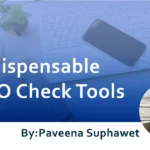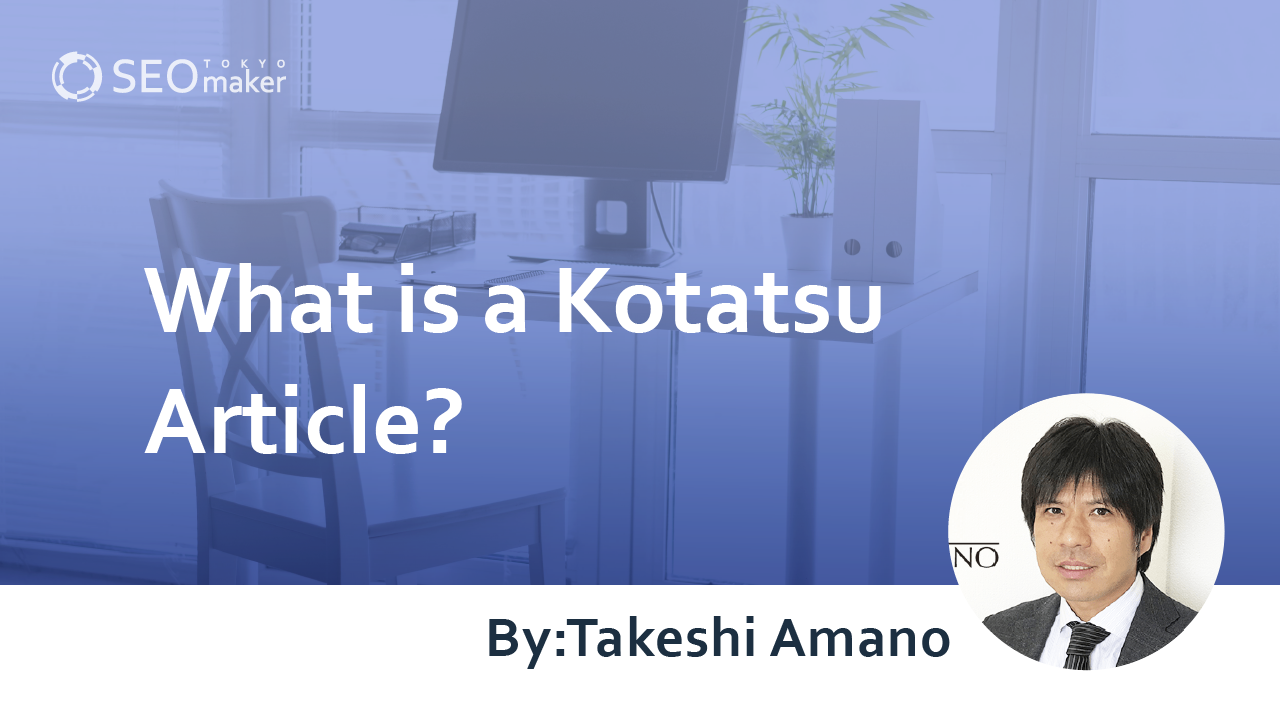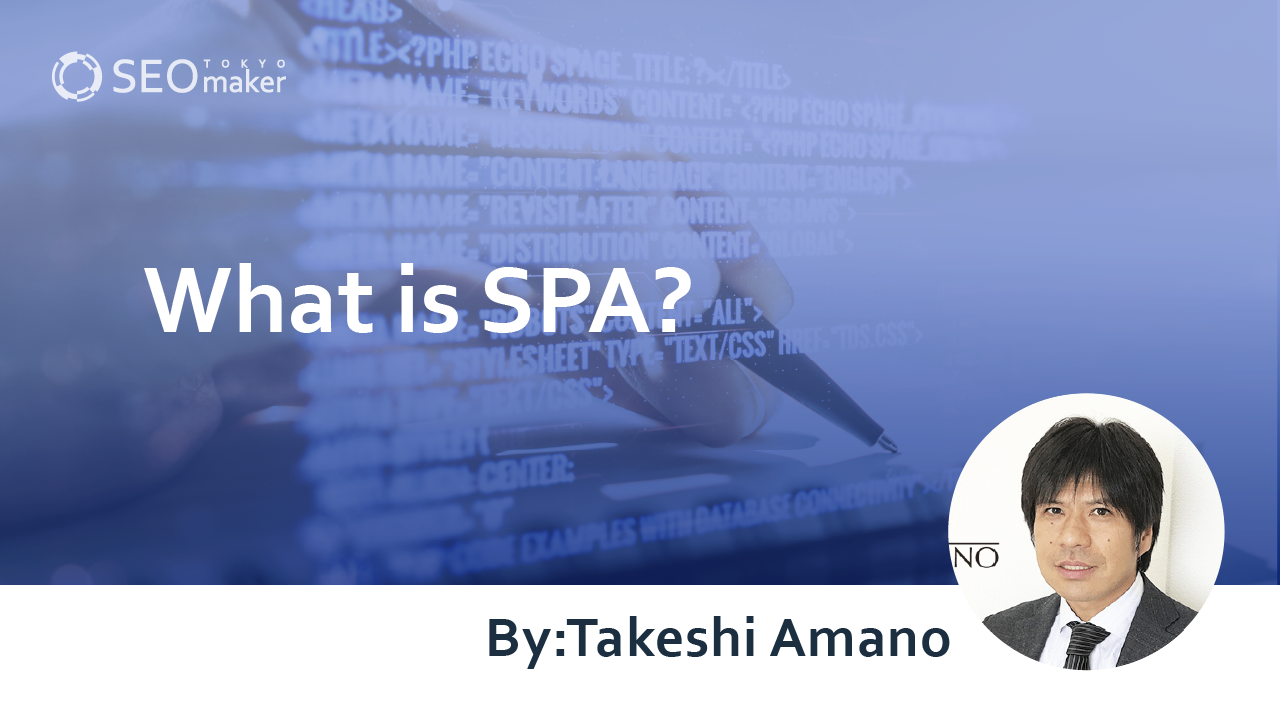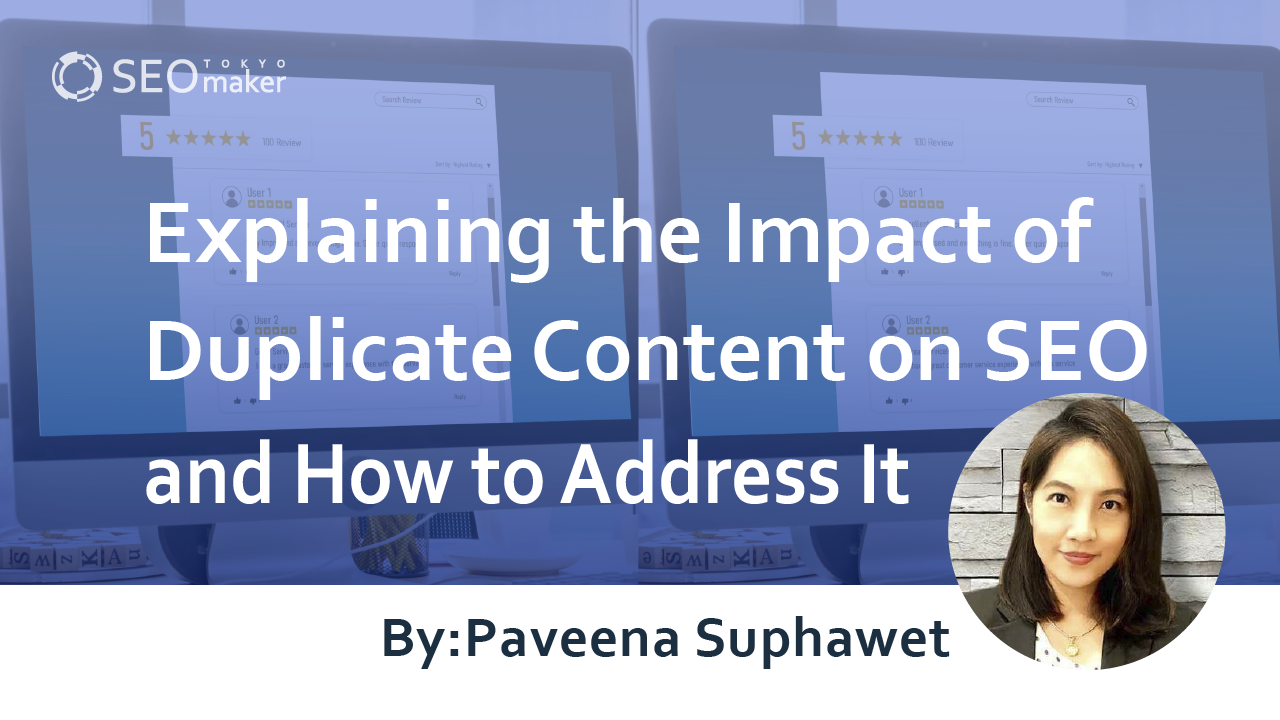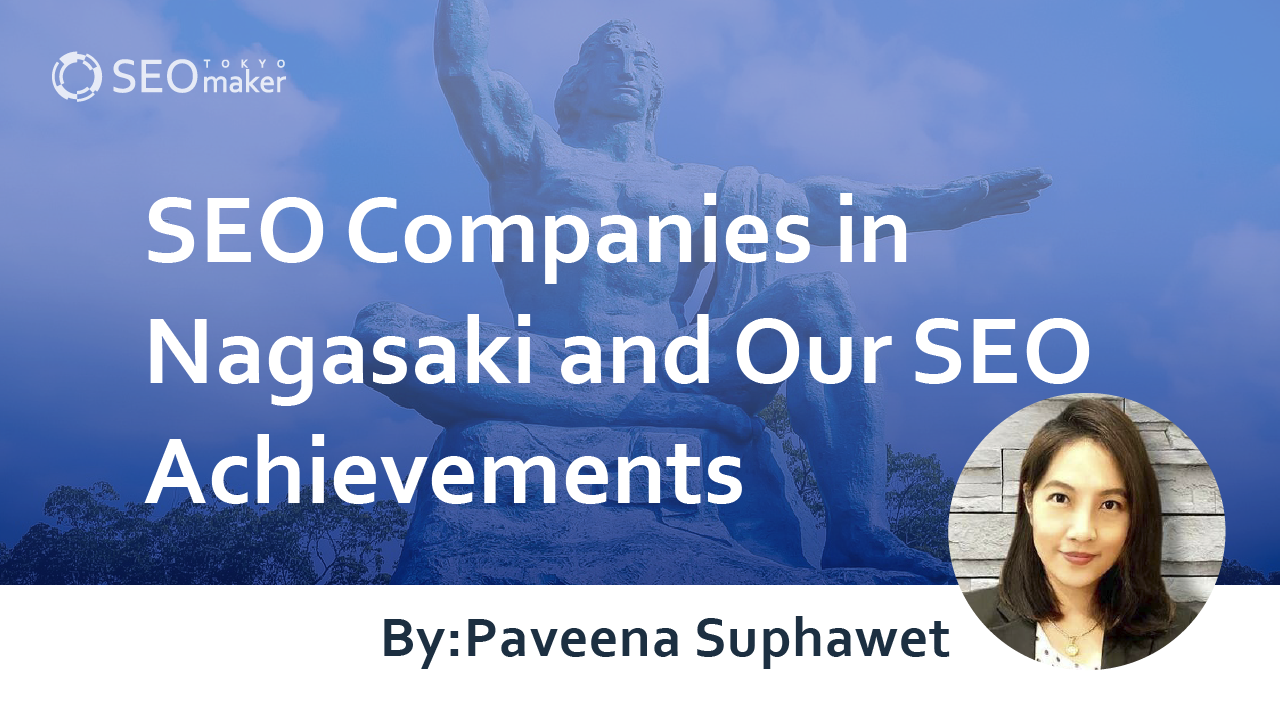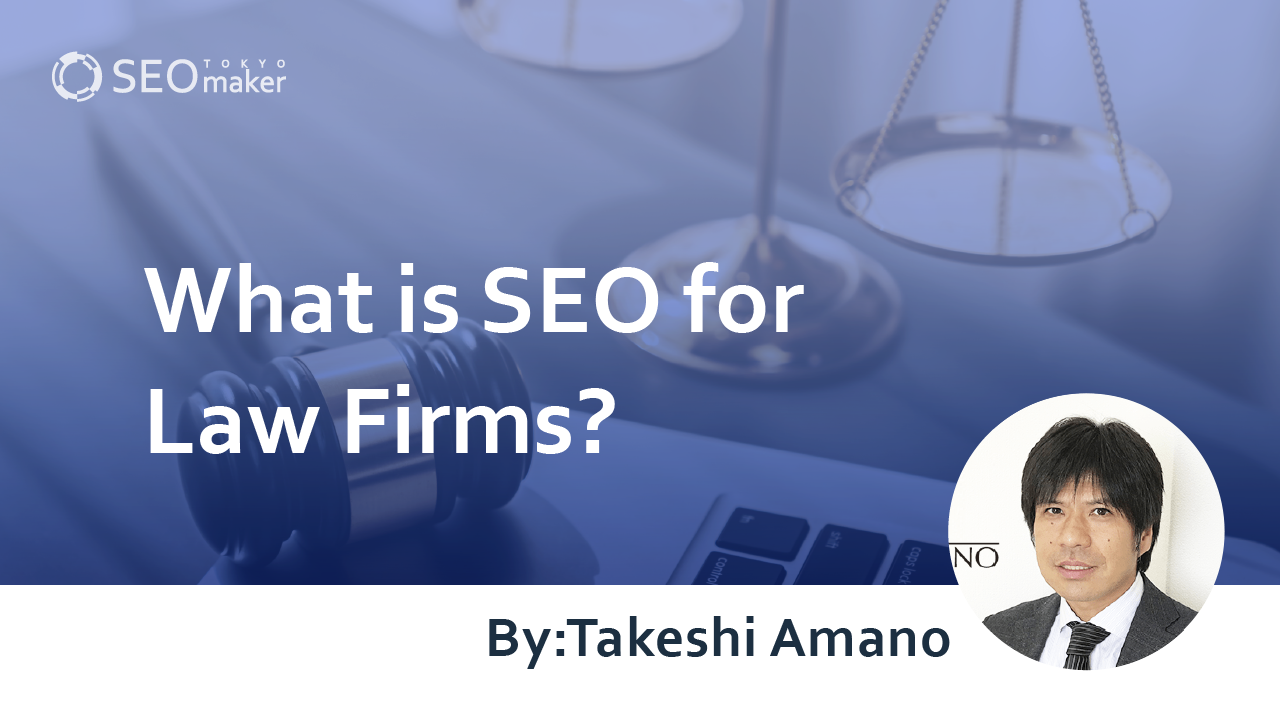Google Penalty:Explanation and Solutions for SEO Penalties
contents
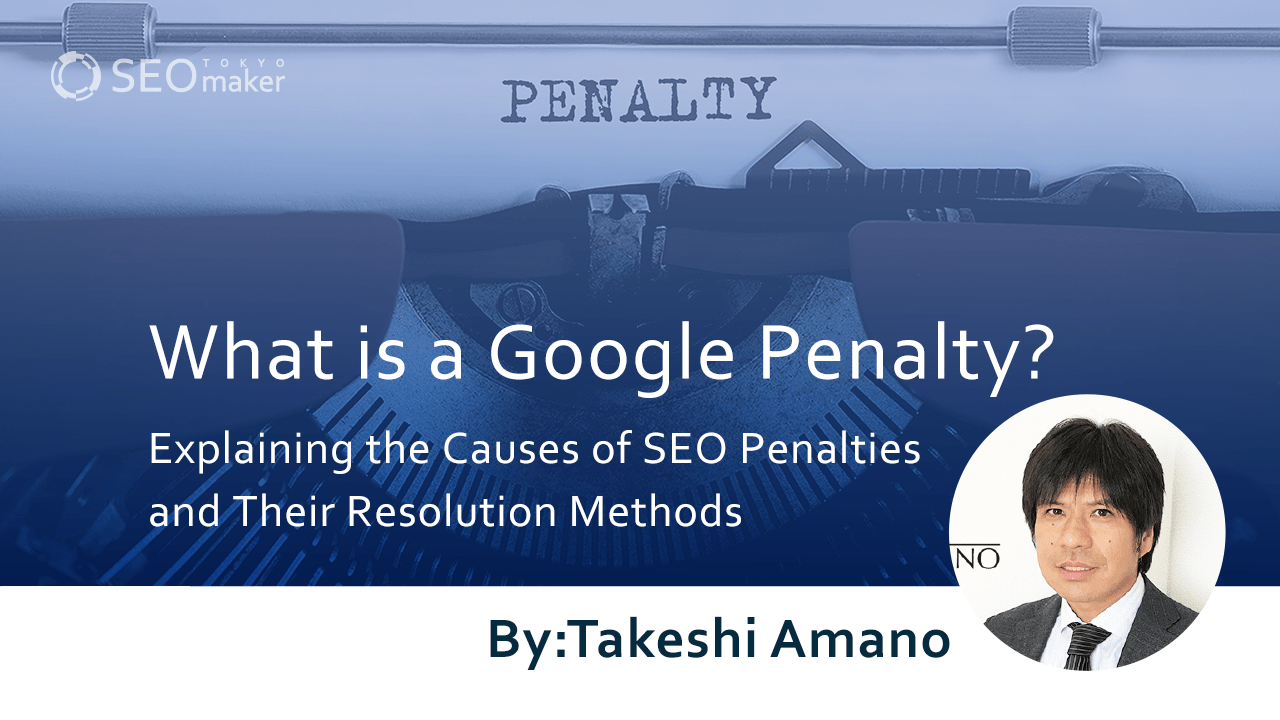
A Google Penalty (SEO Penalty) refers to a drastic drop in search rankings or removal from the index, imposed for violating Google’s guidelines.
Receiving a penalty can significantly reduce search traffic, leading to a failure in web-based customer acquisition, which is a major issue for web managers. However, penalties are rare if normal site operations are maintained, and recovery is possible if the correct steps are taken even after receiving a penalty.
Here, we will provide a detailed explanation about Google Penalties.
“What is a Google Penalty?”
A Google Penalty is a sanction imposed for violating the quality guidelines set by Google. When penalized, search rankings often plummet, and in the worst-case scenario, the website can be removed from the index and no longer appear in search results.
While penalties are unlikely with normal website operations, they can still occur unintentionally or due to malicious tactics employed by others, necessitating regular checks.
Below are the basic policies, guidelines, and measures published by Google, which website operators must understand.
Even if a penalty has been received, it can be lifted and recovery achieved through proper methods. The key is not to rely excessively on SEO techniques but to operate the site based on user insights (the real opinions and needs of users).
Basic Policies
- Create pages with user convenience, not search engine optimization, as the top priority.
- Do not deceive users.
- Avoid illicit acts to improve search engine rankings. A good guideline is whether you would feel guilty explaining your tactics to competitors or Google employees. Also, consider whether what you’re doing is beneficial for users and if you would do the same without search engines.
- Think about how your website can be unique, valuable, and appealing. Differentiate from other websites in the same field. Citation: Quality Guidelines (Google Search Central)
On May 26, 2022, at 0:45 (Japan Time), Google announced the implementation of the May 2022 Core Update. This update enhanced the technology behind search results to realize Google’s basic principles. The algorithms continue to evolve, imposing stricter measures against unethical practices aimed at increasing search rankings.
Specific Guidelines
- Creating content automatically generated with the intent of manipulating search rankings.
- Participating in link schemes.
- Creating pages with little or no original content.
- Cloaking.
- Creating deceptive redirects.
- Using hidden text or links.
- Creating doorway pages.
- Publishing content without authorization.
- Creating affiliate sites without sufficient added value.
- Stuffing unrelated keywords into content on a page.
- Creating pages with malicious behavior, such as phishing, viruses, Trojans, or other malware.
- Misusing structured data markup.
- Sending automated queries to Google. Citation: Quality Guidelines (Google Search Central)”
Preventive Measures
- Monitor the website to ensure it has not been hacked, and promptly remove any hacked content if found.
- Ensure that your site does not display user-generated spam, and delete it if it is found. Citation: Quality Guidelines (Google Search Central)
Types of Google Penalties
There are two types of Google Penalties: automatic penalties and manual penalties.
An automatic penalty is a sanction applied automatically by Google’s search engine algorithms to the search results, while a manual penalty is applied by a Google reviewer who manually inspects the site and then applies the penalty to the search results.
The causes and countermeasures vary depending on whether the penalty is automatic or manual, but the commonality is that they are imposed for violating Google’s guidelines.
Automatic Penalty An automatic penalty does not come with warnings or notifications. It is a penalty that can be difficult to notice, as rankings might suddenly drop or the site may be excluded from search results without prior indication.
Possible causes for an automatic penalty include
- Excessive keyword stuffing
- Overuse of copied or duplicate content
- Low-quality content All of these can be improved by focusing on the quality of the content within the site. If you truly operate a site for the benefit of users, it’s unlikely to receive an automatic penalty.
Manual Penalties How to Handle Manual Penalties
A key feature of manual penalties is that they can be checked through Google Search Console. This can be done by clicking on the ‘Manual Actions’ option in the menu.
In most cases, it will display ‘No issues detected’, but if a manual penalty has been issued, a warning message will appear in this section.
Possible causes of manual penalties include
- Unnatural backlinks or outbound links.
- Excessive reciprocal linking.
- Worthless content.
- Doorway pages.
A characteristic of manual penalties is that they are not always caused solely by your site. While it’s crucial to pay attention to your own content, it’s also important to check backlinks using the methods described later and disavow them if necessary.
Additionally, doorway pages that are excessively optimized for specific keywords (malicious content created solely to direct users to a specific page) can also lead to manual penalties.
Based on the experience of Tokyo SEO Maker, the majority of penalties are caused by unnatural backlinks and doorway pages. Therefore, if you find yourself affected by a penalty, focus on checking these two aspects.
Causes of Google Penalties A penalty is incurred for violating guidelines. In other words, if Google deems a site to be engaging in spam activities, it will reflect in the search results.
General triggers for penalties include spam activities, but most web managers are unlikely to intentionally engage in such practices. Typically, penalties are a result of extreme and unnatural SEO tactics.
Therefore, it is recommended to check for the following six potential causes
- Low-quality content
- Unnatural links
- Hidden text
- Font size
- Meta description spam
- Unnatural redirects
Low-Quality Content Low-quality content can mean various things, including
- Extremely thin content
- Incomprehensible content
- Completely unoriginal content
- Copy content
- Duplicate content
- Automatically generated content
Such articles are generally considered low quality. It’s important to note that even if you don’t copy content directly, merely rephrasing content from other sites without adding originality can also be deemed as unoriginal.
Unnatural Links While sites with many backlinks tend to receive higher evaluations, these links should be natural. Self-serving links aimed at manipulating search rankings are often seen as unnatural and are not recommended.
Outbound links to spam sites or extremely low-quality content are also judged as unnatural.
Hidden Text Hidden text refers to text that is visible to search engines but virtually unreadable to users due to the same color as the background.
Normally, there is no reason to include unreadable text in regular site operations. However, unintentionally making text and background colors similar, thus rendering the text unreadable, could be considered spam. Always visually check your articles.
Font Size Google does not recommend excessively small font sizes as they impair visibility and user experience. The recommended font size is 16pt, but anything below 12pt should be avoided.
Many search engines rank pages based on mobile-friendliness. Font sizes smaller than 12px are often hard to read on mobile devices, requiring users to zoom in for a comfortable reading size.
Citation: Document doesn’t use legible font sizes (web.dev)
Meta Description Spam The meta description is the text displayed under the title in search results. While it’s said to have no SEO impact, stuffing keywords excessively is considered spam.
Unnatural Redirects Redirects are common when deleting or renewing pages, but misusing redirects to guide users for deceptive purposes is classified as spam.
How to Lift a Google Penalty
Lifting a Google Penalty begins with identifying the cause. Generally, there are three main reasons
- Unnatural links
- Low-quality content
- Site safety issues
Unnatural Links Unnatural links are a common cause of penalties. Links from malicious sites, intentional anchor text concentration, and self-serving links aimed at manipulating search rankings all count as unnatural.
To deal with unnatural links, check your site’s links using the ‘Links’ feature in Google Search Console (refer to the above figure, red frame). You can download a list of external links by clicking ‘Export external links’ at the top right of the page.
If you find links from unnatural sites, the ideal approach is to contact the site administrators to remove the links. However, this is often unfeasible.
In such cases, use the disavow links tool, which treats the specified links as nofollow (neither positively nor negatively impacting your site’s evaluation).
After checking all backlinks and requesting removal or disavowing them, submit a reconsideration request through the Search Console. If Google’s review finds no issues, the penalty is typically lifted within one to two weeks.
If you can’t find low-quality links, consider using SEO tools like Ahrefs, Moz, or SEMrush to investigate external links.
Low-Quality Content If low-quality content is the cause, rewriting the content usually lifts the penalty. However, identifying which articles are considered low-quality can be challenging, especially for larger sites.
Check for the following
- Keyword density
- Hidden text or outbound links
- Duplicate content
Keyword Density Previously, stuffing articles with keywords was an effective SEO strategy. Now, such unnatural text is considered spam. While there’s no specific threshold for keyword density, excessive inclusion in every sentence or paragraph necessitates rewriting.
Hidden Text or Outbound Links Unintentional changes in CSS could result in hidden text or unnatural outbound links. Excessive outbound links, especially to low-quality sites, are potential spam triggers.
Duplicate Content Content that initially had no issues can gradually lose originality over time, eventually being deemed as copied from other sources. Rewriting is necessary if your content is considered a copy of another site’s.
Identifying copy content visually is difficult, and even tools like CopyContentDetector may not be efficient. Depending on the workload, consulting an SEO company might be a viable option.
Site Safety Issues Site safety, crucial for user experience, remains an issue even in 2022. Not all sites are secure, and some still lack HTTPS (SSL) encryption.
While SSL encryption isn’t mandatory, it helps prevent malware infections and should be a standard SEO measure.
To check your site’s safety, use Google Safe Browsing. If the site is severely compromised, a redesign may be necessary.
If site safety issues caused the penalty, prompt action is required, often involving an SEO or web development company.
Tools Related to Google Penalties When faced with a Google Penalty, it’s crucial to identify the cause and quickly implement the correct measures. In most cases, the Google Search Console can be used to determine the cause, though a certain level of knowledge is required to make this determination.
Consulting with an SEO company can be a quicker solution, but having them handle penalty removal can cost anywhere from 50,000 to over 200,000 yen. Additionally, there’s a risk of encountering unscrupulous SEO companies that may take on the project on a success-fee basis but neglect it if recovery seems challenging, leading to potential opportunity loss.
Proper site management should ideally prevent penalties, but it’s still important to be aware of useful tools and their usage in case a penalty does occur.
External Link Check Tools To investigate backlinks to your website, the free and reliable Google Search Console is highly recommended.
However, if the cause remains unidentified, the following tools can be used for a more detailed analysis:
- Ahrefs
- SEMrush
- Moz
- MajesticSEO
- Monitor Backlinks
Note that these are all paid tools (though they offer limited functionality for free), and Google Search Console should always be your first check.
Ahrefs Ahrefs is globally recognized as an SEO tool, particularly useful for external link analysis. It’s trusted and used by nearly every SEO company in Japan and provides highly detailed and advanced information.
SEMrush SEMrush is a globally used all-in-one web marketing tool. In addition to external link analysis, it is extremely helpful for keyword research and competitor analysis. It offers a 14-day full-feature free trial, making it a good choice for those hesitant about using paid tools.
MajesticSEO MajesticSEO is another SEO tool used for link analysis. It utilizes unique metrics like Trust Flow (TF) and Citation Flow (CF) to assess how external sources view your site.
MOZ MOZ is a widely used SEO tool globally. It provides easy-to-understand metrics like Domain Authority (DA) and Page Authority (PA). Its ease of use, especially with the Chrome add-on, has contributed to its widespread adoption.
Monitor Backlinks Monitor Backlinks is an SEO tool tailored for backlink analysis. Compared to other tools, it is slightly cheaper and predominantly used in English-speaking regions.
Internal Site Measures As a site grows in size, visually checking every page becomes challenging. For WordPress users, the ‘Export All URLs’ plugin allows for exporting all URLs, but this method isn’t always efficient.
In such cases, the following tools can be used to extract and check site data:
Screaming Frog SEO Spider Website Explorer
Screaming Frog SEO Spider Screaming Frog SEO Spider is a tool that can list elements such as titles, descriptions, and links. It’s helpful for identifying issues on large-scale sites. While it is a paid tool, the free version is also quite useful.
Website Explorer Website Explorer, no longer officially available, can be downloaded from Vector. Like Screaming Frog SEO Spider, it can list site elements but is more accessible for those who find the English interface of Screaming Frog SEO Spider challenging.
Copy Check Tools There are multiple copy check tools, but Copy Content Detector is free and highly efficient. It allows for checks of up to 4,000 characters at a time, free of charge.”
Summary
As SEO consultants and readers of this content, you are likely aware that self-serving links created solely for manipulating search rankings are considered spam and violate Google’s guidelines. However, even in 2022, some SEO companies aggressively engage in black hat practices, creating self-serving links to manipulate search rankings. It’s important to note that Google does not outright condemn self-serving links. Practices like linking from your own owned media or recruitment sites, operating under different official domains, are quite common and legitimate. Linking in this way, especially when featured in PR TIMES or various media, is a perfectly normal part of public relations activities. Unfortunately, depending on the size and philosophy of the SEO company, some clients end up receiving penalties due to aggressive black hat tactics. At Tokyo SEO Maker, we frequently handle recovery processes for clients who have received penalties from other companies or experienced drastic drops in search rankings.






